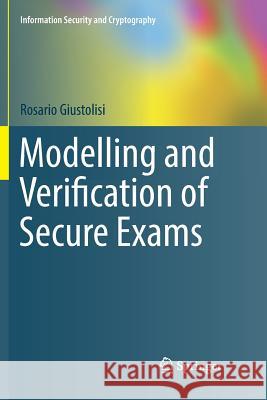Modelling and Verification of Secure Exams » książka
topmenu
Modelling and Verification of Secure Exams
ISBN-13: 9783030097899 / Angielski / Miękka / 2019 / 133 str.
Kategorie:
Kategorie BISAC:
Wydawca:
Springer
Seria wydawnicza:
Język:
Angielski
ISBN-13:
9783030097899
Rok wydania:
2019
Wydanie:
Softcover Repri
Ilość stron:
133
Waga:
0.22 kg
Wymiary:
23.39 x 15.6 x 0.84
Oprawa:
Miękka
Wolumenów:
01
Dodatkowe informacje:
Wydanie ilustrowane











